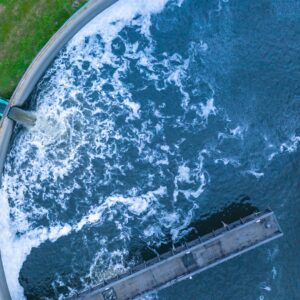
Water quality is of paramount importance for public health, environmental protection, and sustainable development. Regulatory standards and compliance play a crucial role in ensuring that water resources meet established quality benchmarks and are safe for various uses. As a result, the significance of regulatory standards, challenges in compliance, and strategies for ensuring water quality should be explored.
Regulatory standards for water quality are established by governmental agencies at local, national, and international levels. These standards define the acceptable levels of various contaminants in water sources, including microbial pathogens, chemical pollutants, and physical parameters such as turbidity and pH. Adherence to these standards is essential to protect human health, aquatic ecosystems, and drinking water supplies.
One of the primary challenges in ensuring water quality is the complexity of water systems and the diversity of potential contaminants. Water sources can be subject to contamination from industrial discharges, agricultural runoff, sewage discharges, and natural sources such as sedimentation and algae blooms. Meeting regulatory standards requires comprehensive monitoring, analysis, and treatment of water sources to address the diverse range of contaminants.
Compliance with water quality regulations is often hindered by resource constraints, outdated infrastructure, and competing priorities. Many water utilities and regulatory agencies face challenges in securing funding for necessary upgrades and improvements to water treatment facilities and distribution systems. Additionally, limited technical expertise and capacity can impede efforts to achieve and maintain regulatory compliance.
To address these challenges, strategies for ensuring water quality and regulatory compliance must focus on collaboration, innovation, and investment. Enhanced coordination among government agencies, water utilities, industry stakeholders, and the public is essential to identify and prioritize water quality challenges, develop effective management plans, and allocate resources efficiently.
Furthermore, technological innovations such as advanced water treatment processes, real- time monitoring systems, and predictive modelling tools can improve the efficiency and effectiveness of water quality management. These innovations enable proactive identification of potential risks and prompt response to emerging threats, helping to prevent waterborne diseases and environmental degradation.
Therefore, ensuring water quality through regulatory standards and compliance is a multifaceted endeavour that requires concerted efforts from government, industry, and society.
By implementing robust regulatory frameworks, investing in infrastructure and technology, and fostering collaboration and innovation, we can safeguard water resources and promote the health and well-being of communities and ecosystems. Continued commitment to water quality management is essential to meet current challenges and address emerging threats in an increasingly complex and interconnected world.


